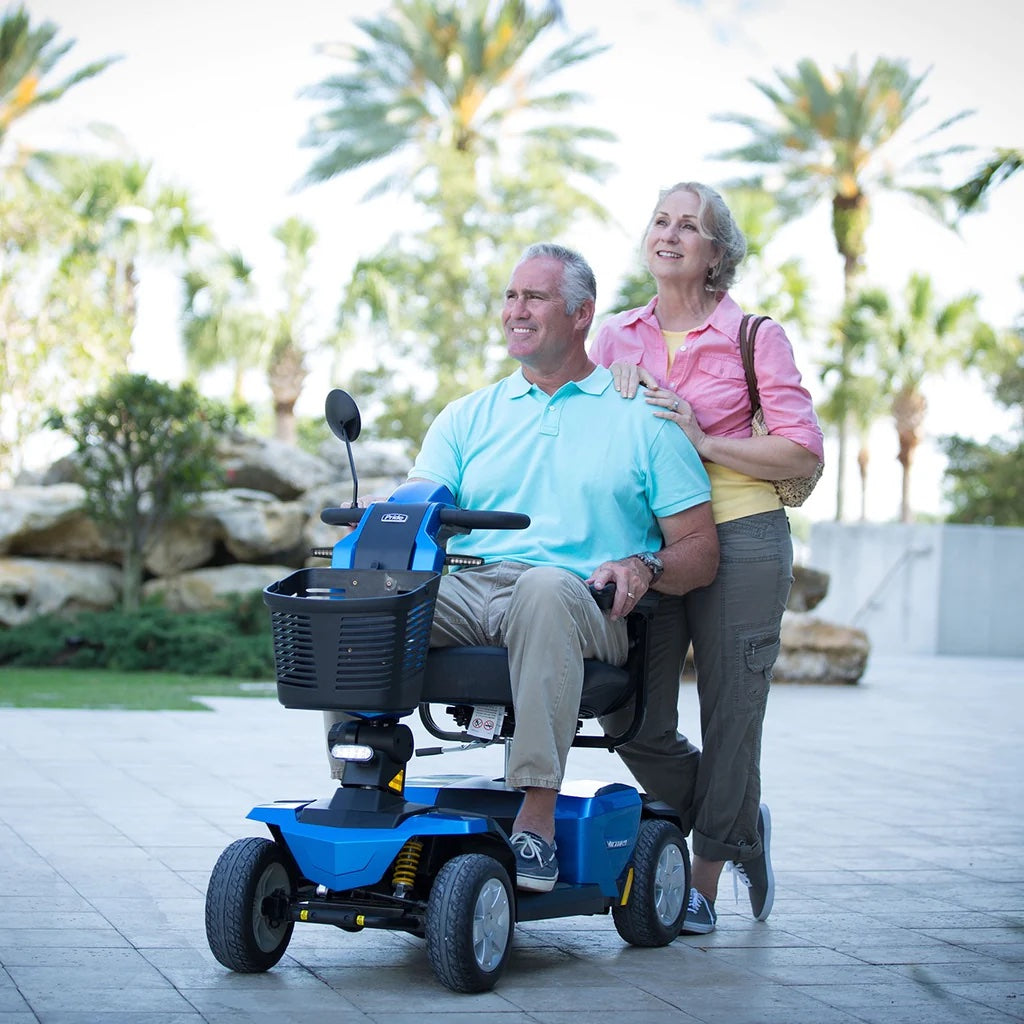
What is Incontinence?
Incontinence is the inability to control the passage of urine. This can range from an occasional leakage of urine, to a complete inability to hold any urine. The six types of urinary incontinence are:
Bowel incontinence is the inability to control or hold bowel movement, constipation and diarrhea could cause bowel incontinence.
How common is incontinence?
Incontinence is a very common issue in U.S.A. 34 million Americans are estimated to experience incontinence. Incontinence is common among the elderly however is not a part of normal aging process. Women are more likely than men to have urinary incontinence.
What should I do if I am experiencing incontinence?
Incontinence is a symptom not a disease. You should contact your doctor for more information and treatment.
What are some of the common causes?
Incontinence may be sudden and temporary, or ongoing and long-term. Causes of sudden or temporary incontinence include:
Causes that may be more long-term:
What are some common treatment methods for managing incontinence?
See your doctor for an initial evaluation and to come up with a treatment plan. Treatment options vary, depending on the cause and type of incontinence you have. Fortunately, there are many things you can do to help manage incontinence.
The following methods are used to strengthen the muscles of your pelvic floor:
Bladder retraining involves urinating on a schedule, whether you feel a need to go or not. In between those times, you try to wait until next scheduled time. At first, you may need to schedule 1 hour intervals. Gradually, you can increase by 1/2 hour intervals until you are only urinating every 3-4 hours without leakage.
Kegel exercises contract the pelvic floor muscles for 10 seconds, then relax them for 10 seconds. Repeat 10 times. Do these exercises 3 times per day. You can do Kegel exercises any time, any place.
To find the pelvic muscles when you first start Kegel exercises, stop your urine flow midstream. The muscles needed to do this are your pelvic floor muscles. DO NOT contract your abdominal, thigh, or buttocks muscles. And DO NOT overdo the exercises. This may tire the muscles out and actually worsen incontinence.
Two methods called biofeedback and electrical stimulation can help you learn how to perform Kegel exercises.
Biofeedback uses electrodes placed on the pelvic floor muscles, giving you feedback about when they are contracted and when they are not.
Electrical stimulation uses low-voltage electric current to stimulate the pelvic floor muscles. It can be done at home or at a clinic for 20 minutes every 1 to 4 days.
Vaginal cones enhance the performance of Kegel exercises for women. Other devices for incontinence are also available.
For leakage, wear absorbent pads or undergarments. There are many well-designed products that go completely unnoticed by anyone but you.
Other measures include:

Premium Respiratory Care Collection – Portable Oxygen, Nebulizers, CPAP | Affinity Home...

Power Scooter Collection | Affinity Home Medical Power scooters are designed to...